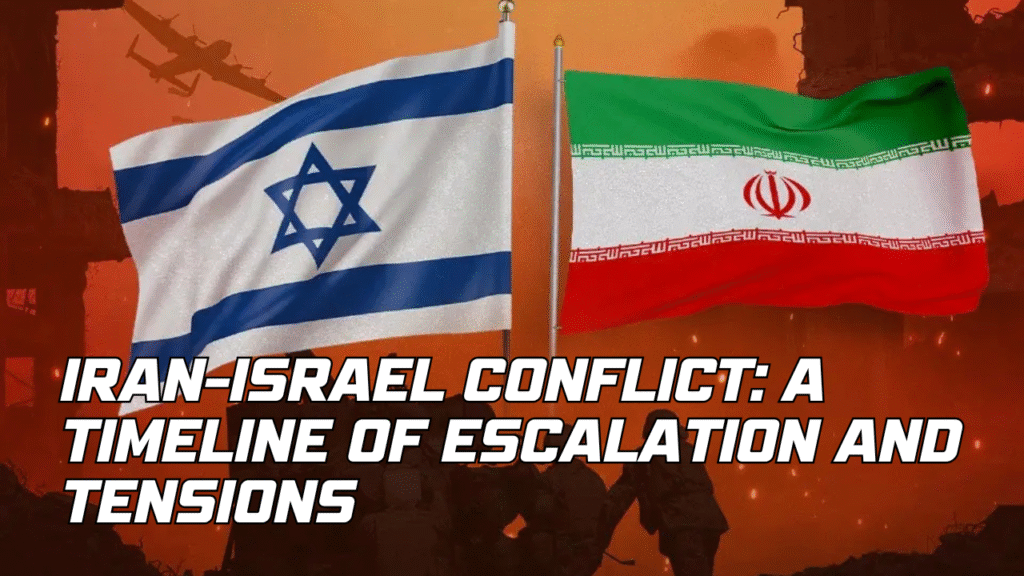Introduction
Tehran, the capital of Iran, and Tel Aviv, Israel’s largest metropolitan area, are at the heart of the escalating Iran-Israel conflict. Recent missile exchanges, reported by Al Jazeera and BBC News, have brought these cities into the spotlight as targets of military action. This blog post explores the significance of Tehran and Tel Aviv, their roles in the conflict, and the human cost of recent attacks.
Tehran: Iran’s Political and Military Hub
Tehran, home to approximately 8.7 million of Iran’s 89 million population, is the political, military, and cultural center of Iran. It hosts the government, the IRGC headquarters, and key nuclear facilities like Natanz, located 240 kilometers south.
On June 13, 2025, Israel’s “Operation Rising Lion” targeted Tehran’s military infrastructure and nuclear sites, killing senior IRGC commanders like Hossein Salami and Mohammad Bagheri. A strike on a Tehran residential complex killed 60 people, including 20 children, sparking outrage and vows of retaliation from Ayatollah Ali Khamenei.
Tel Aviv: Israel’s Economic and Cultural Center
Tel Aviv, part of the Gush Dan metropolitan area with over 3 million residents, is Israel’s economic hub and a symbol of its modernity. On June 13-14, 2025, Iran launched over 200 ballistic missiles and drones targeting Tel Aviv and Jerusalem, with some evading the Iron Dome and striking residential areas.
Three people were killed in Rishon LeZion, and dozens were injured in Ramat Gan, according to Haaretz. The attacks disrupted daily life, with residents like Caitlyn Jenner sheltering during missile barrages.
Military and Political Dynamics
Israel’s strikes on Tehran aimed to weaken Iran’s nuclear program and military leadership, with Mossad-linked assassinations targeting figures like Ali Shamkhani. Iran’s retaliatory missile attacks, described by NBC News as “one-dimensional,” focused on overwhelming Israel’s defenses.
Both sides’ actions reflect a cycle of retaliation, with leaders like Benjamin Netanyahu and Ayatollah Ali Khamenei issuing threats of further escalation.
Human and Regional Impact
The civilian toll in both cities has been significant. In Tehran, the destruction of a 14-story apartment block killed dozens, while in Tel Aviv, missile strikes damaged homes and businesses.
The conflict has raised fears of a broader regional war, with Iran threatening Western military bases and Israel targeting Iran’s allies like the Houthis in Yemen. International calls for de-escalation, reported by The Guardian, have been overshadowed by mutual accusations of aggression.
Conclusion
Tehran and Tel Aviv are not just geographical targets but symbols of the Iran-Israel rivalry. The recent attacks underscore the devastating impact of this conflict on civilians and the urgent need for diplomatic solutions to prevent further escalation.

